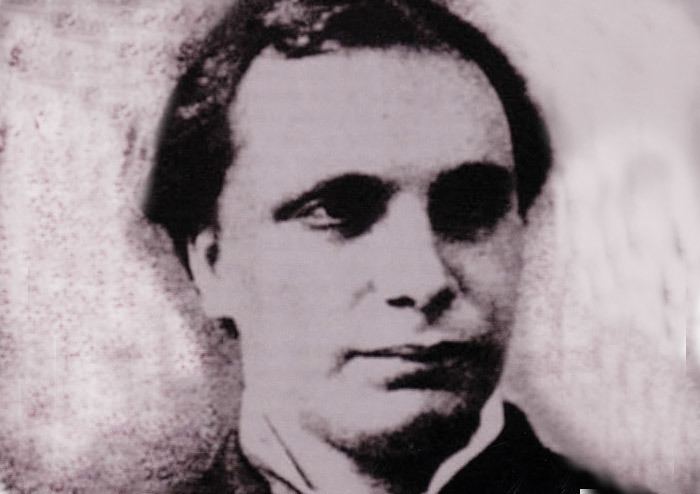Name Frederick Mahomed Role Physician | Died November 22, 1884 | |
 | ||
Frederick Henry Horatio Akbar Mahomed (c. 1849–1884) was an internationally known British physician from Brighton, England in the late 19th century.
Contents
Family and early life
Frederick Akbar Mahomed was born on 11 April 1849 in Brighton. He was the eldest son of Frederick Mahomed (1818–1888) and his second wife, Sarah Hodgkinson (1816–1905). He was educated privately in Brighton. Frederick Mahomed's father (i.e., Frederick Akbar Mahomed's paternal grandfather) was the Bengali traveller Sake Dean Mahomed, while his mother Jane Daly was Irish. At the turn of the 19th century, Mahomed's father and mother moved from Ireland to Brighton, England, where they had five children: Rosanna, Henry, Horatio, Frederick, and Arthur.
Frederick Akbar Mahomed's father, Frederick Mahomed, ran a fencing, gymnastics and callisthenics academy in Hove, which included boxing instruction. Cameron and Hicks dispute the suggestion that he ran Turkish baths at Brighton attributing this to a confusion of Frederick with his brother Arthur.
Education
In 1867, aged 18, Mahomed began to study medicine at the Sussex County Hospital, Brighton. Two years later in October 1869, he entered Guy's Hospital, London as a medical student. He was an outstanding student and, in 1871, won the student Pupils' Physical Society prize for his work on the sphygmograph, having been runner-up the previous year.
Career
Mahomed qualified as a Member of the Royal College of Surgeons in 1872. Following qualification, Mahomed worked at Highgate Infirmary (St Pancras' North Infirmary, Central London Sick Asylum) for a year. In 1873, he was appointed as resident medical officer at the London Fever Hospital in Liverpool Street, Islington, where he worked with Sir William Broadbent. In 1874 Mahomed achieved membership of the Royal College of Physicians and was appointed as Student Tutor and Pathologist at St Mary's Hospital, Paddington.
In 1875, Mahomed gained an M.D. from the University of Brussels. In 1877, he returned to Guy's Hospital as a Registrar (Senior Resident). He was elected as a Fellow of the Royal College of Physicians in 1880 and in 1881, he was awarded an M.B. from Cambridge University for his thesis on "Chronic Bright's disease without albuminuria". In the same year, he was appointed Assistant Physician at Guy's Hospital and, in 1882, he was appointed as a Demonstrator in Morbid Anatomy.
Death
On 22 November 1884, Mahomed died at the age of 35 from typhoid, which he is presumed to have contracted from a patient at the London Fever Hospital. He was buried at Highgate Cemetery. Michael F. O'Rourke summarizes the contributions of Frederick Akbar Mahomed as follows:
In detailed clinical studies, he separated chronic nephritis with secondary hypertension from what we now term essential hypertension. He described the constitutional basis and natural history of essential hypertension and pointed out that this disease could terminate with nephrosclerosis and renal failure. His clinical studies were done without the benefit of a sphygmomanometer but with the aid of a quantitative sphygmogram that he had initially developed while a medical student. He described characteristic features of the pressure pulse in patients with high blood pressure and in persons with arteriosclerosis consequent on aging. These pressure wave changes have recently been verified and explained. He contributed to a number of other advances in medical care, including blood transfusion and appendectomy for appendicitis. He initiated the Collective Investigation Record for the British Medical Association; this organization collected data from physicians practicing outside the hospital setting and was the precursor of modern collaborative clinical trials.
